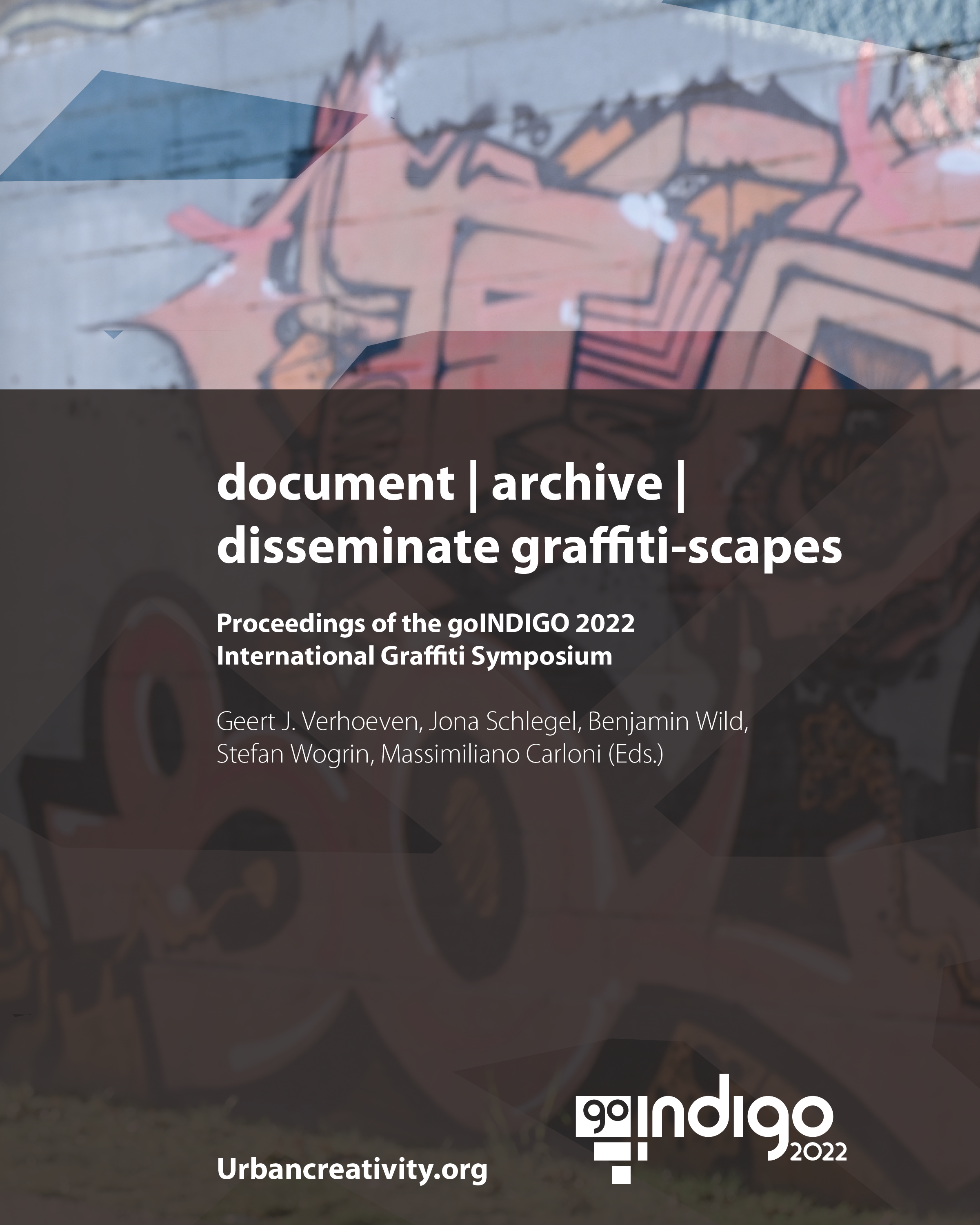Tools to Document and Disseminate the Conservation of Urban Art
the Experience of the CAPuS Project
DOI:
https://doi.org/10.48619/indigo.v0i0.709Keywords:
Conservation of Art in Public Spaces, digital repository, glossary, public art, street art, urban artAbstract
The Conservation of Art in Public Spaces project (CAPuS), realised under the European Programme Erasmus+ Knowledge Alliances, aimed to develop a shared approach to the conservation of artworks in public spaces. The project involved 17 partners from 5 European countries, most of which focused on street art and contemporary murals. The final goal was the dissemination of knowledge to all stakeholders involved and the implementation of e-learning and training modules for conservation students and professionals. In addition to sharing best practices, the CAPuS partnership recognised the need to set a common and unambiguous vocabulary referring to the most relevant issues in the study of graffiti and street art for conservation purposes, such as style, execution technique, deterioration processes and conservation treatments. This encouraged the creation of a multilingual glossary, divided into two sections entitled “Street Art & Graffiti” and “Conservation”, with each definition accompanied by an illustrative picture. In addition to that, an open-source database, the CAPuS Digital Repository, was created to archive, organise and disseminate the wide range of information and documentation that was collected and produced about the artworks studied within the project (materials and artistic techniques, artworks’ socio-cultural context, photographic documentation, interviews with artists, condition reports etc.). Both the CAPuS Multilingual Illustrated Glossary and the CAPuS Digital Repository can support teaching and learning activities. They may also be of great help for future conservation interventions on the examined artworks and may serve as a starting point for the study and treatment of other public works of art.


